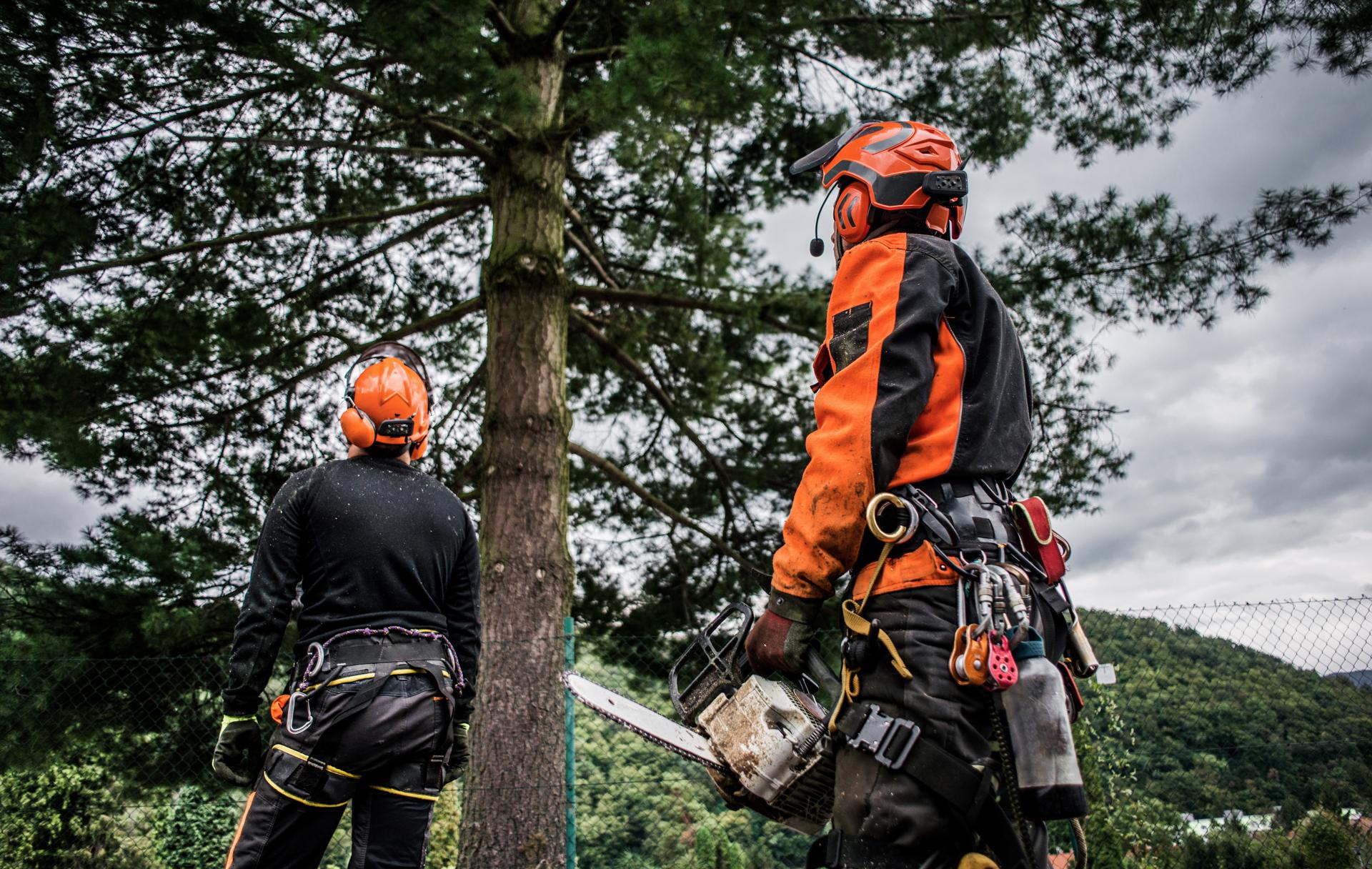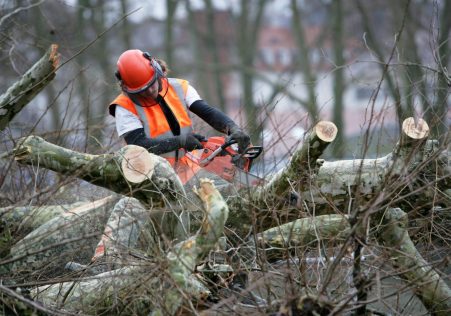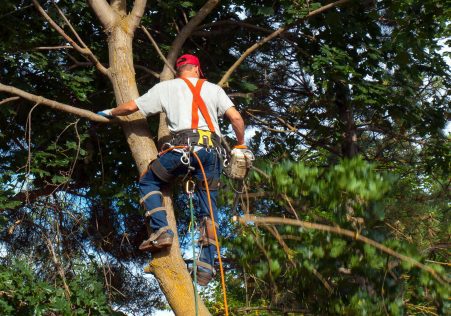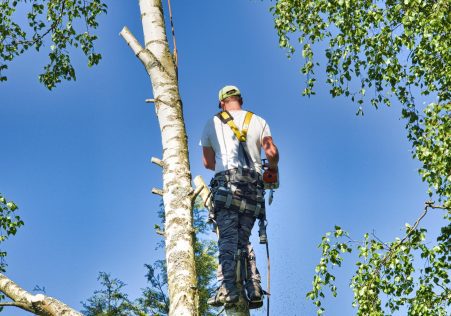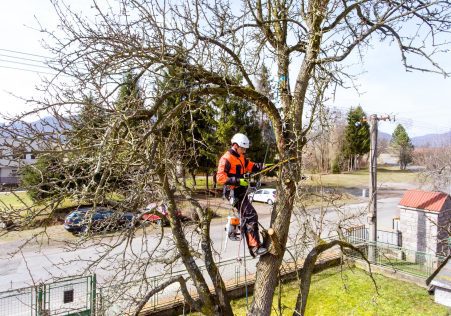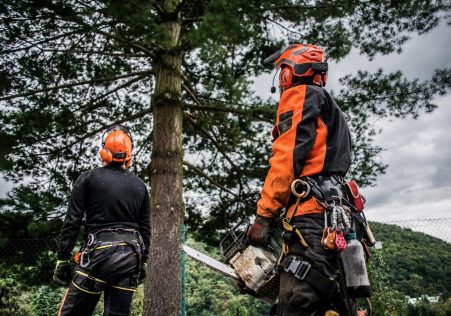The significance of protecting Trees and how to identify They Are Protected Trees
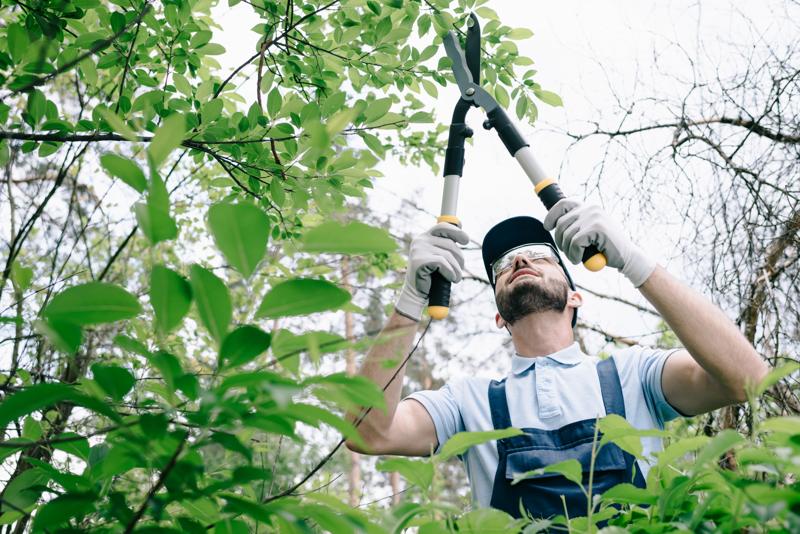
Trees play an important contribution to our ecosystem, providing shade, clean air and aesthetic value our surroundings. However they are not all equal and some carry an additional status of protection, making it illegal to do any work without permission. If you are considering having a tree removed it is essential to know the status of protection for the tree in question and the steps you need to follow to be in compliance with the law. The following article we’ll guide you through the steps to determine if a tree is secured and the steps you will need be doing to make sure you are acting within the law.
What exactly is a tree that is protected?
A protected tree is one that is subject to specific legal controls and it is unlawful to do work on such a tree without having the appropriate permissions. There are two kinds of protection that a tree may have - statutory protection and preservation orders.
Legal protection
In the context of legal protection, trees are protected by law and are in the hands of Tree Preservation Orders (TPOs). TPOs are issued by local authorities to safeguard trees of significant value to the public and to ensure that they do not get destroyed or damaged.
Preservation orders
Preservation orders are similar to TPOs but are set up through the secretary of state for the Environment. Trees with preservation orders are considered to be of exceptional worth and are therefore protected from any kind of work, including cutting down.
How can I tell if a tree is protected?
To determine if a tree is protected, you must to verify if it’s in the process of being subject to the protection of a TPO or preservation orders. This can be done by contacting the local authority and asking them to check their records.
TPO search
If you want to find the TPO to locate one, contact an Tree or Woodland Official at your local authority. They will inform you whether the tree is in the protection. They will also be able to guide you on the next steps you should take if the tree is in a protected area.
Preservation order search
If you are looking for a preservation order, you’ll need to call the Secretary of State for the Environment. They can tell you whether the tree is protected and will provide the necessary information and guidance.
FAQs:
What is the consequence if I do work on a tree that is protected without permission?
If you do work on a protected tree without the appropriate permits, you could be facing substantial fines and even imprisonment.
Can I contest a TPO and/or preservation order?
Yes, you can appeal a TPO or preservation decision if you feel that it is not justified. But, you’ll need to provide evidence to support your argument and demonstrate why the TPO or order to preserve is not necessary.
Can I remove a protected tree?
It is against the law to remove protected trees without the required permissions. If you require the tree to be removed it is necessary to seek permission from the council and provide proof to back your claim.
Conclusion
To conclude, knowing if trees are protected is a crucial step in ensuring that any tree work is legally completed. If you know the various types of protection, and knowing how to check for them, you can ensure that you’re in compliance with the law and protecting the trees in your care. If you’re unsure of the nature of the protection of trees, we suggest seeking professional advice from an experienced tree expert such as Professional Tree Removal Brisbane. Our arborists are experienced and can advise you regarding the status of protection of your trees and walk you through the necessary steps to make sure you’re following the legal guidelines. With our knowledge and dedication to provide high-quality tree services, we can help you maintain the beauty and value of your trees. Contact us today at 1300 479 169 to schedule a appointment, and let us assist you to keep your trees protected and healthy.


